Chamoy Sauce: The Flavor Bomb That’s Breaking All the Rules
Forget everything you thought you knew about sauces. Chamoy doesn’t care about your flavor categories – it smashes them all together like a culinary mosh pit. Sweet? Check. Sour? Double check. Salty? Oh yeah. Spicy? You better believe it. In this blog post, we’ll explore what makes chamoy sauce one of the most exciting flavor bombs in global spice traditions today.
Table of Contents
- What Is Chamoy Sauce?
- A Taste of History: The Origins of Chamoy
- The Flavor Matrix: What Goes Into Chamoy?
- From Classic to Creative: Types of Chamoy
- Ways to Use Chamoy Like a Pro
- Chamoy vs. Other Sauces: A Spice Comparison Chart
- Is Chamoy Good for You? (Spoiler: Kind Of)
- DIY Chamoy: Make It Yourself
- Chamoy Around the World: A Global Spice Tradition
- Final Thoughts: Chamoy Isn’t Just a Trend – It’s a Lifestyle
What Is Chamoy Sauce? A Flavor Identity Crisis in the Best Way
At its core, chamoy sauce is a fruit-based condiment with a serious personality disorder – and we mean that in the best way possible. It combines sweetness from fruits like apricot, plum, or mango, tartness from vinegar or lime, saltiness from brine or soy sauce, and heat from chili peppers like arbol or pasilla.
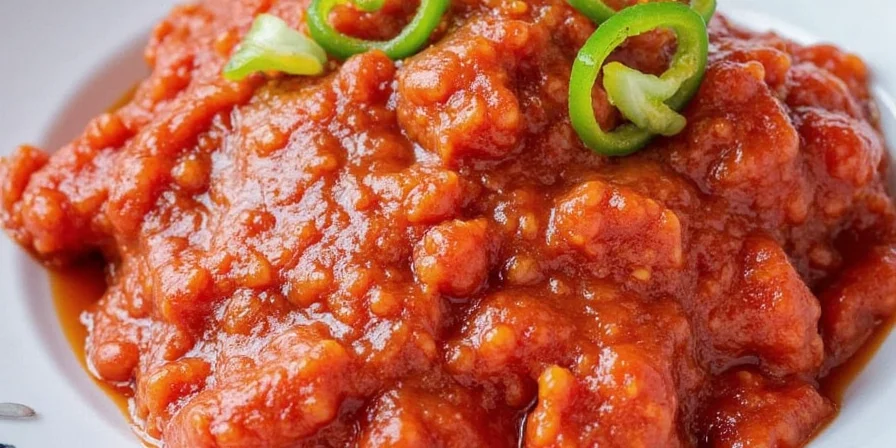
Think of it as the punk rock version of a fruit sauce. Chamoy started as a way to preserve salty pickled fruits (like Japanese umeboshi plums), got adopted into Mexican street food culture, and now lives everywhere from candy aisles to cocktail menus.
A Taste of History: Where Did Chamoy Come From Anyway?
The origins of chamoy are as mixed up as its flavor profile. While the name “chamoy” is clearly Spanish, the concept has roots in Japan’s umeboshi pickling tradition, brought over by Japanese immigrants to Mexico in the late 1800s.
Mexicans took the idea and ran with it, creating their own versions using local fruits and spices. By the mid-20th century, bottled chamoy sauces hit the market, and it became a staple of street food vendors slathering it onto mangonadas, cucumber sticks, jicama, and even candies like tamarind-wrapped lollipops.
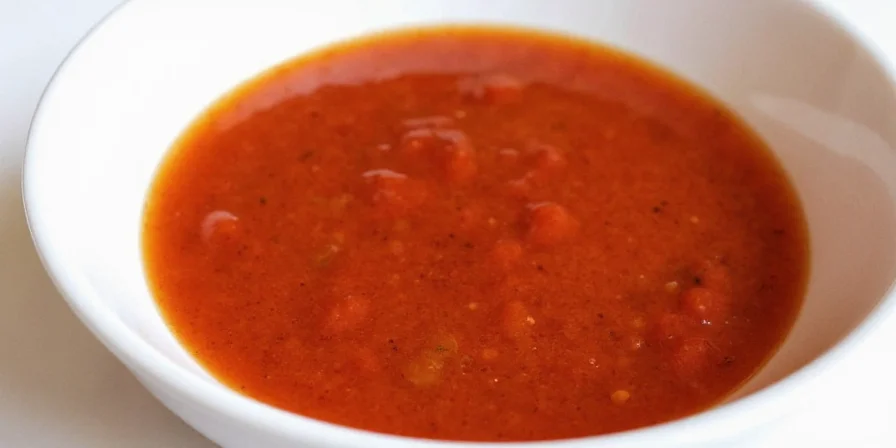
The Flavor Matrix: What Goes Into Chamoy?
Here’s the typical ingredient list for commercial chamoy sauce:
- Fruit puree (apricot, plum, mango)
- Vinegar or citric acid
- Salt or soy sauce
- Chili powder or crushed dried chilies
- Sugar or high fructose corn syrup
- Preservatives (like potassium sorbate)
| Ingredient | Function | Flavor Contribution |
|---|---|---|
| Fruit Puree | Base texture and sweetness | Sweetness + Fruity depth |
| Vinegar/Citric Acid | Acidity and preservation | Tartness, balance |
| Salt/Soy Sauce | Flavor enhancer, preservation | Umami boost, savory contrast |
| Chili Powder | Heat and color | Spiciness, earthy complexity |
| Sugar/HFCS | Sweetness control | Balances acidity and heat |
From Classic to Creative: Types of Chamoy
Like any good flavor trend, chamoy has evolved beyond its original form. Here are some popular variations:
- Classic Red Chamoy: Spicy, thick, and bold.
- Green Chamoy: Made with green fruits (like mango), often less spicy, more sour.
- Clear Chamoy: Lighter in color and thinner in texture, often used for cocktails.
- Homemade Chamoy: Uses real fruit, less sugar, no preservatives.
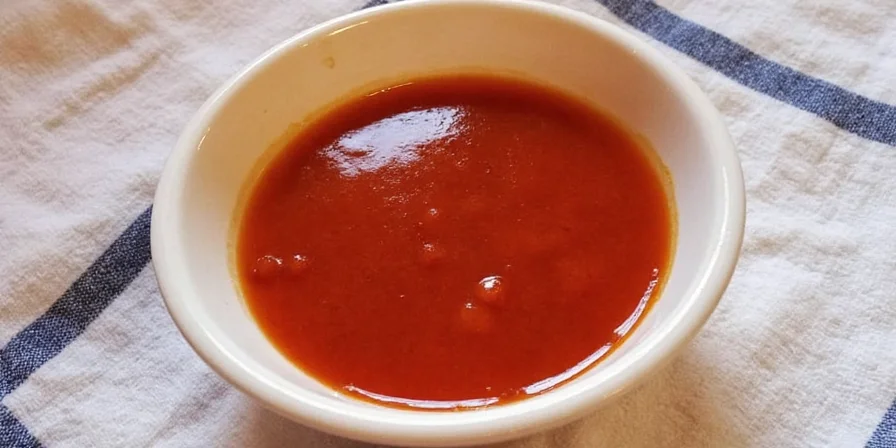
Ways to Use Chamoy Like a Pro
If you’ve only ever drizzled chamoy on a mangonada, you’re missing out. Here are 7 ways to get creative:
- Dip Your Fruit: Cucumber slices, pineapple chunks, apples – go wild!
- Candy Enhancer: Drizzle over gummy worms or lollipops for that extra kick.
- Cocktail Rim: Mix chamoy with salt and rim your margarita glass.
- Meat Glaze: Brush on grilled chicken wings or pork skewers before serving.
- Salad Dressing Base: Mix with olive oil and lime juice for a zesty salad dressing.
- Marinade Magic: Add depth and fire to your next veggie or meat marinade.
- Ice Cream Topping: Yes, really! Try it with mango or coconut ice cream.
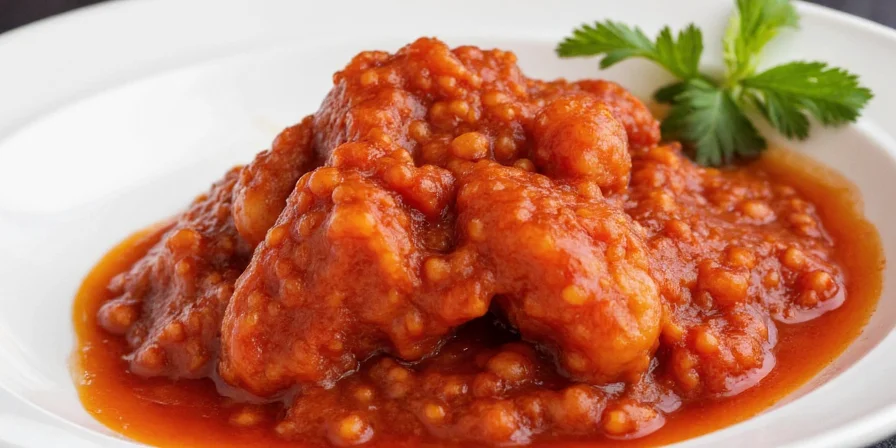
Chamoy vs. Other Sauces: A Spice Comparison Chart
How does chamoy stack up against other popular sauces? Let’s break it down:
| Sauce | Flavor Profile | Scoville Units | Texture | Best For |
|---|---|---|---|---|
| Chamoy | Sweet, salty, spicy, sour | Varies (usually mild to medium) | Thick, sticky | Dipping, drizzling, cocktails |
| Tabasco | Spicy, vinegary | 2,500–5,000 | Thin, liquid | Eggs, soups, hot sauces |
| Sriracha | Spicy, garlicky, slightly sweet | 1,000–2,500 | Thicker than Tabasco | Stir-fries, mayo mixes, noodles |
| Harissa | Smoky, spicy, earthy | 1,000–10,000 | Paste-like | Mediterranean dishes, rubs |
| Gojuchang | Spicy, sweet, fermented | 1,000–10,000 | Paste-like | Korean dishes, marinades |
Is Chamoy Good for You? (Spoiler: Kind Of)
While traditional chamoy isn't exactly health food (some brands pack a ton of sugar and preservatives), there are upsides:
- Fruits = Vitamins: Depending on the base, you might get vitamin C, fiber, and antioxidants.
- Low-Calorie Flavor Boost: Adds big taste without much fat or calories.
- Can Be Homemade Healthier: Control the ingredients when making it at home.
Downsides include high sodium content and added sugars in many commercial versions. Moderation is key unless you're opting for low-sugar, natural versions.
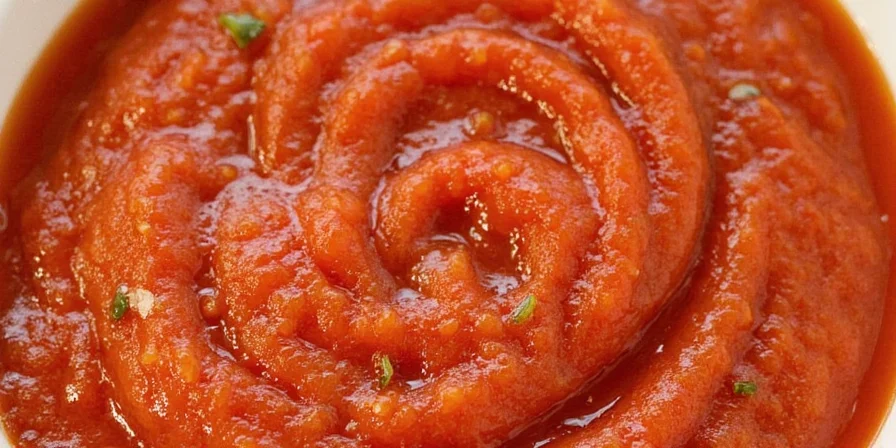
DIY Chamoy: Make It Yourself
Ready to become a chamoy alchemist? Here’s a simple recipe to try at home:
Homemade Green Chamoy Recipe
- 2 ripe green mangoes (or 1 cup frozen)
- 1 tbsp apple cider vinegar
- 1 tsp sea salt
- 1 tsp chili powder (adjust to taste)
- 1 tsp honey or agave (optional)
- Peel and dice the mangoes.
- Blend all ingredients in a blender until smooth.
- Strain through a sieve if desired, or keep chunky for texture.
- Store in a sealed jar in the fridge for up to two weeks.
Chamoy Around the World: A Global Spice Tradition
Though rooted in Mexican cuisine, chamoy has gone global. It’s popping up in:
- U.S.: Food trucks, fusion tacos, and TikTok hacks
- Japan: As a dipping sauce for ramen fries and fried snacks
- Korea: Infused into soft drinks and carbonated candies
- Europe: Used in gourmet dishes and experimental cocktails
This global journey shows how flavor can transcend borders – especially when it’s this delicious.
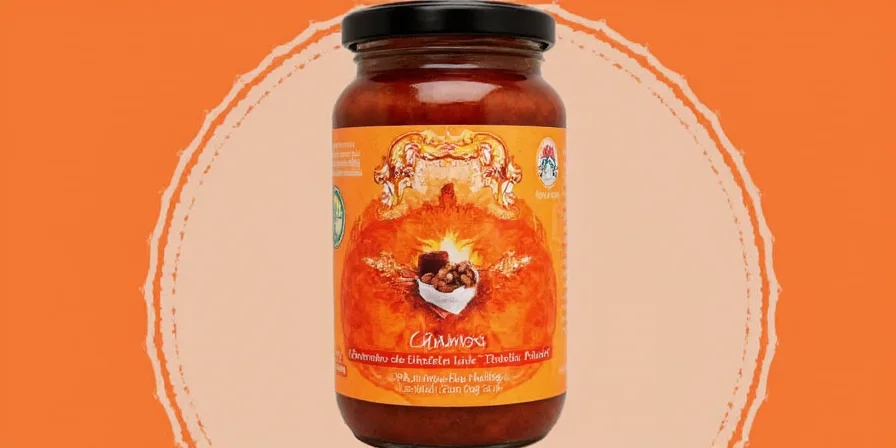
Final Thoughts: Chamoy Isn’t Just a Trend – It’s a Lifestyle
Whether you're drizzling it on your morning fruit bowl or spicing up your Sunday grilling game, chamoy sauce deserves a spot in every adventurous eater’s pantry.
So next time you see that little bottle of flavor chaos on a store shelf, don’t just walk past it. Grab it, shake it, pour it, and let the flavor explosion begin. Chamoy isn’t just a sauce – it’s a full-body sensory experience wrapped in a fruity, spicy hug.
Stay spicy, friends.

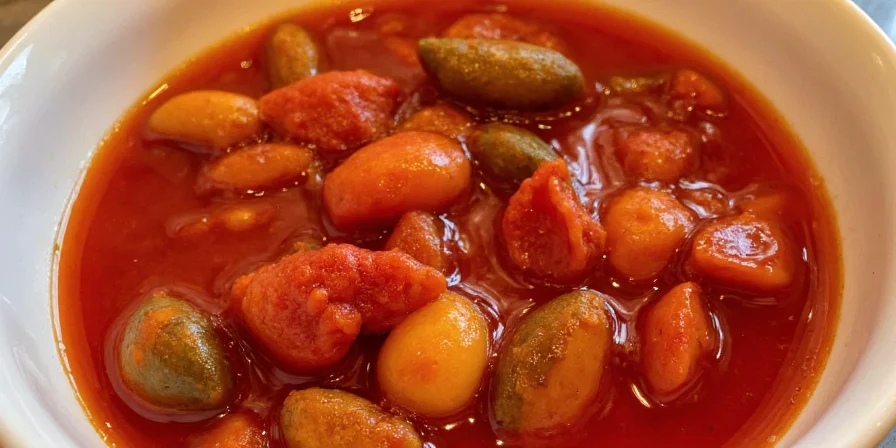









 浙公网安备
33010002000092号
浙公网安备
33010002000092号 浙B2-20120091-4
浙B2-20120091-4